
States with the most multigenerational households
This story originally appeared on New Jersey Real Estate Network and was produced and distributed in partnership with Stacker Studio.
States with the most multigenerational households
Millions of Americans now live with multiple generations under one roof, according to Census Bureau data, and many are driven by one factor—money.
New Jersey Real Estate Network examined 2021 Census Bureau data to see which states had the highest rate of multigenerational households.
About 3.8% of U.S. households qualify as "multigenerational," which the Census Bureau defines as three or more generations living together in a single home. That percentage rises in states with higher costs of living, including Hawaii, New Jersey, and California.
The overall number of people living in multigenerational households quadrupled since 1971 to nearly 60 million, according to an analysis by the Pew Research Center. Why? Finances were the main factor, with 40% of respondents citing costs as a major reason. Caregiving came in second, according to the survey respondents. For its study, Pew Research defined "multigenerational" as two or more adult generations living together or a "skipped generation" with grandparents living with their grandchildren younger than 25 years old.
The strain caused by the COVID-19 pandemic made living with aging parents the best option for some families and changed the makeup of those purchasing homes for multiple generations. The National Association of Realtors reported an increase in multigenerational homebuyers in the second quarter of 2020, with that group making up 15% of buyers. Nearly 30% of multigenerational homebuyers listed "health/taking care of aging parent/relative" as a reason for changing homes.
Cultural backgrounds also seem to indicate that Americans live in larger family groups. A 2021 Harris Poll survey conducted for Generations United, a nonprofit organization based in Washington D.C., found that Hispanic and Black Americans—at a rate of 45% and 33%, respectively—are more likely than white Americans (19%) to live in a multigenerational household.
The increase in multigenerational housing is also drawing the attention of developers, who are creating home designs and neighborhood plans specifically for these types of families. Home adjustments might be on the small side, like adding grab bars in the bathrooms, the National Association of Realtors reports. But other changes might include an extra kitchen or wholesale changes to the floor plan for added privacy.
Keep reading to see which states are home to the highest rates of multigenerational households.

#10. Utah
- Rate of multigenerational households: 4.2%
- Total multigenerational households: 45.9K
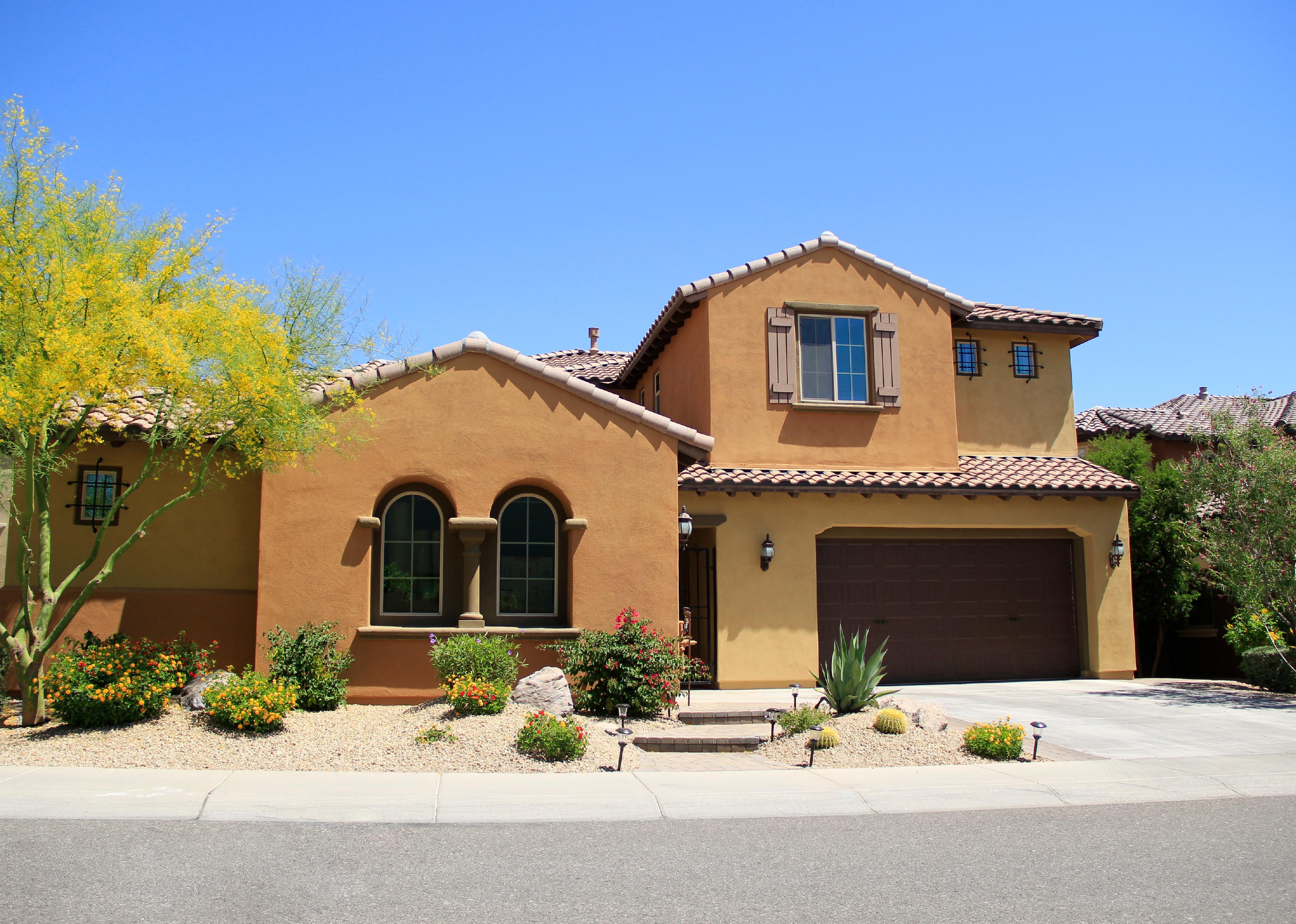
#9. Arizona
- Rate of multigenerational households: 4.2%
- Total multigenerational households: 118.1K

#8. Florida
- Rate of multigenerational households: 4.2%
- Total multigenerational households: 359.4K
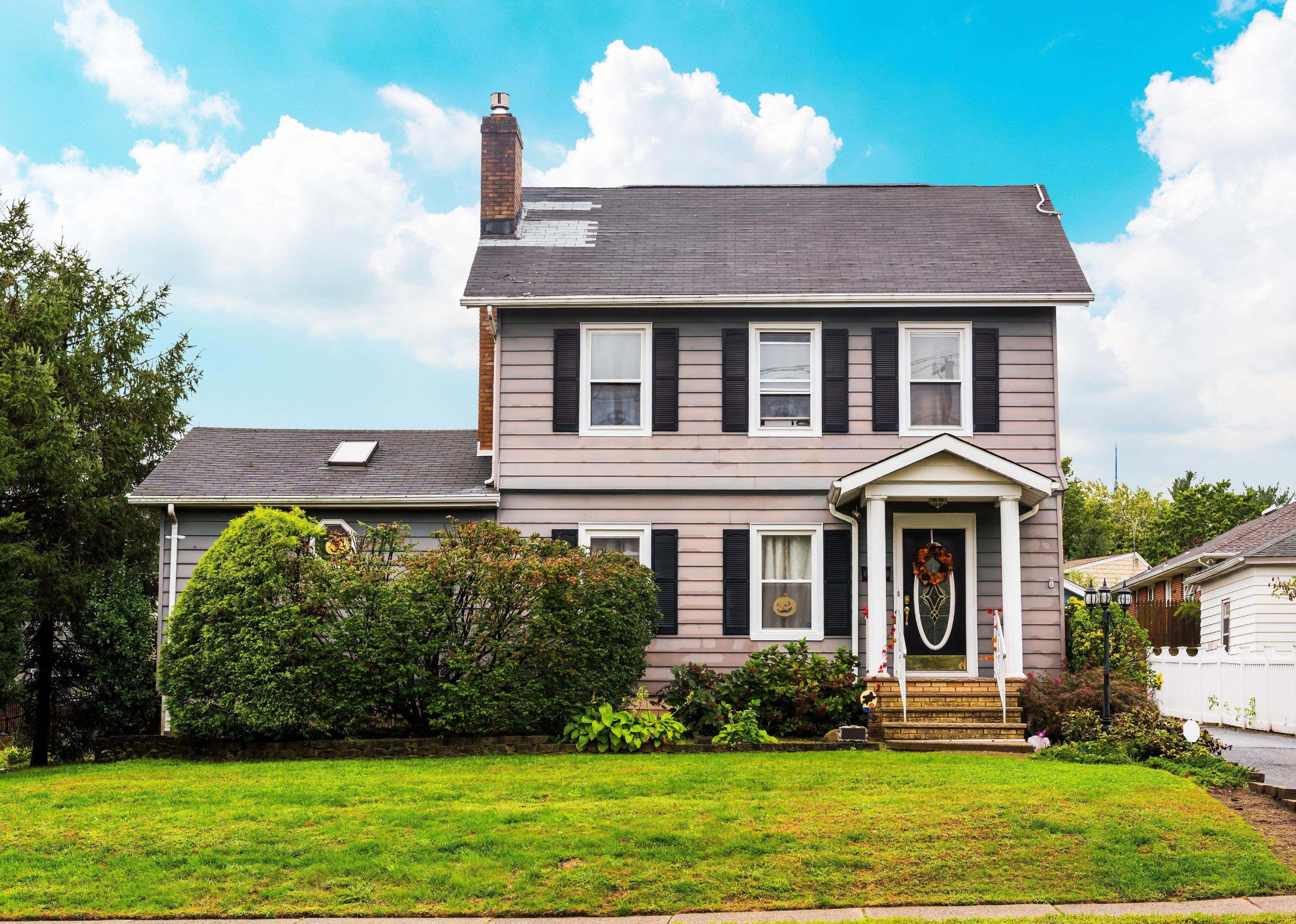
#7. New Jersey
- Rate of multigenerational households: 4.5%
- Total multigenerational households: 155.9K

#6. Maryland
- Rate of multigenerational households: 4.5%
- Total multigenerational households: 107.1K
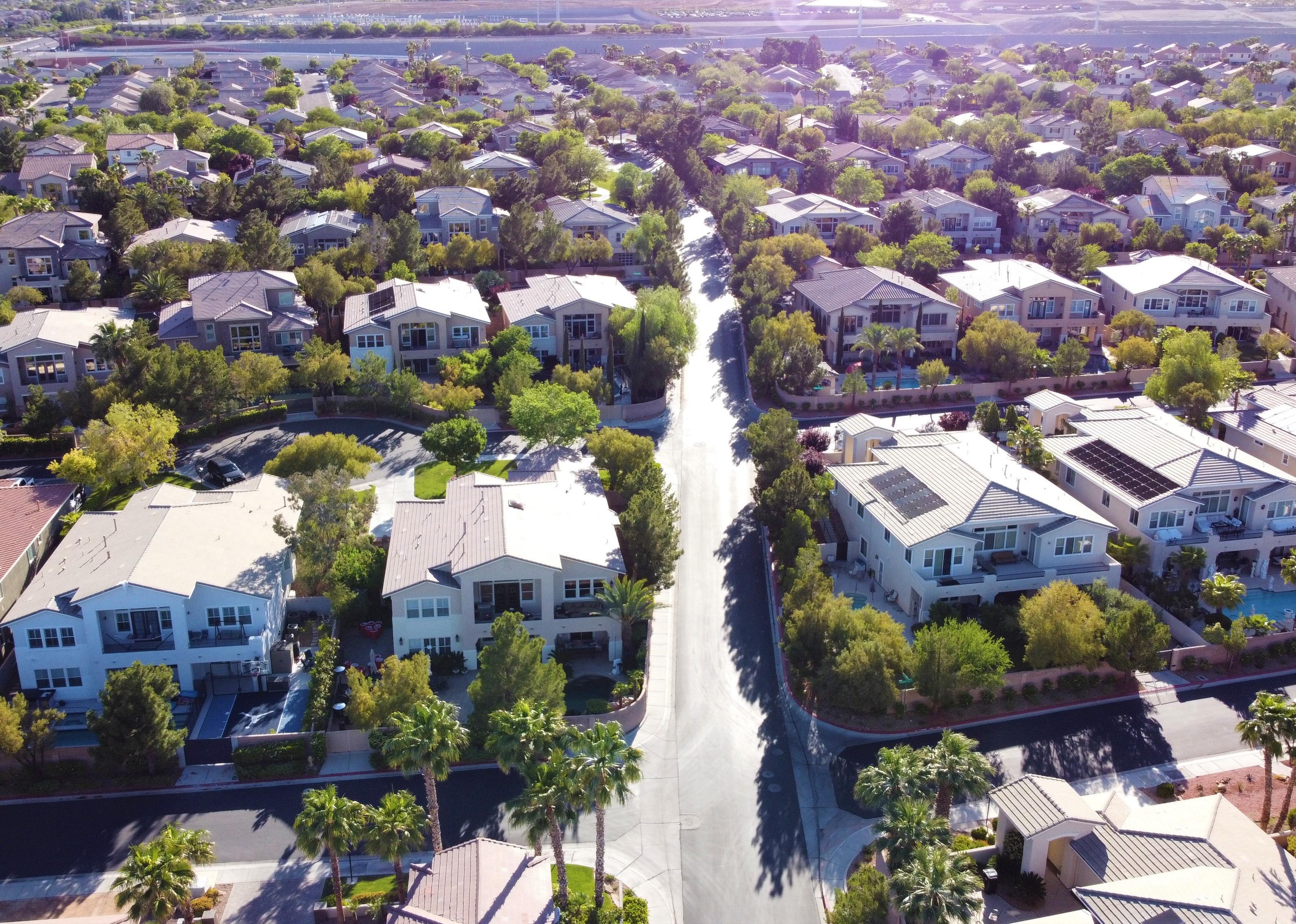
#5. Nevada
- Rate of multigenerational households: 4.6%
- Total multigenerational households: 54.7K

#4. Georgia
- Rate of multigenerational households: 4.6%
- Total multigenerational households: 183.9K
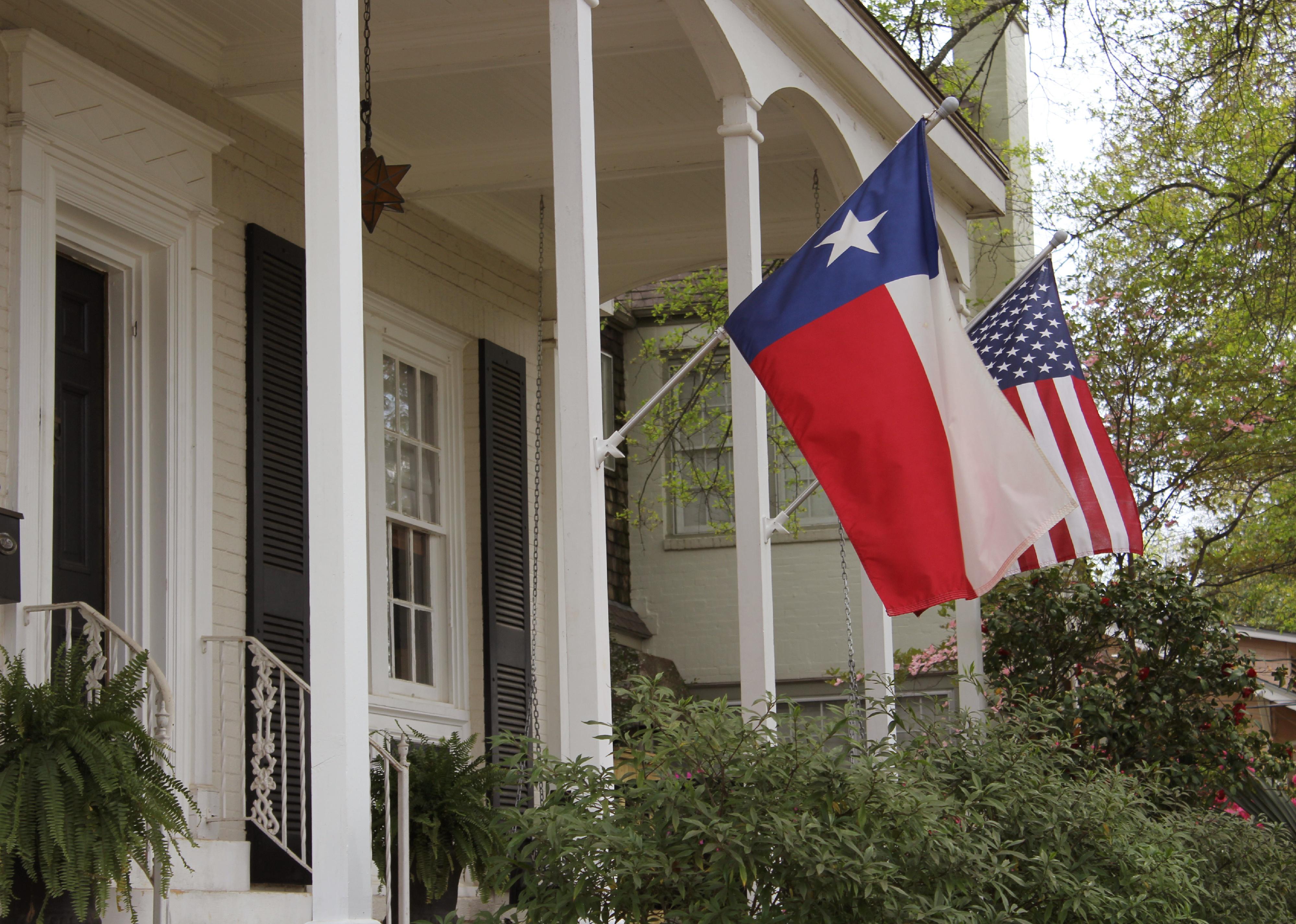
#3. Texas
- Rate of multigenerational households: 4.8%
- Total multigenerational households: 513.1K

#2. California
- Rate of multigenerational households: 6.1%
- Total multigenerational households: 822.3K
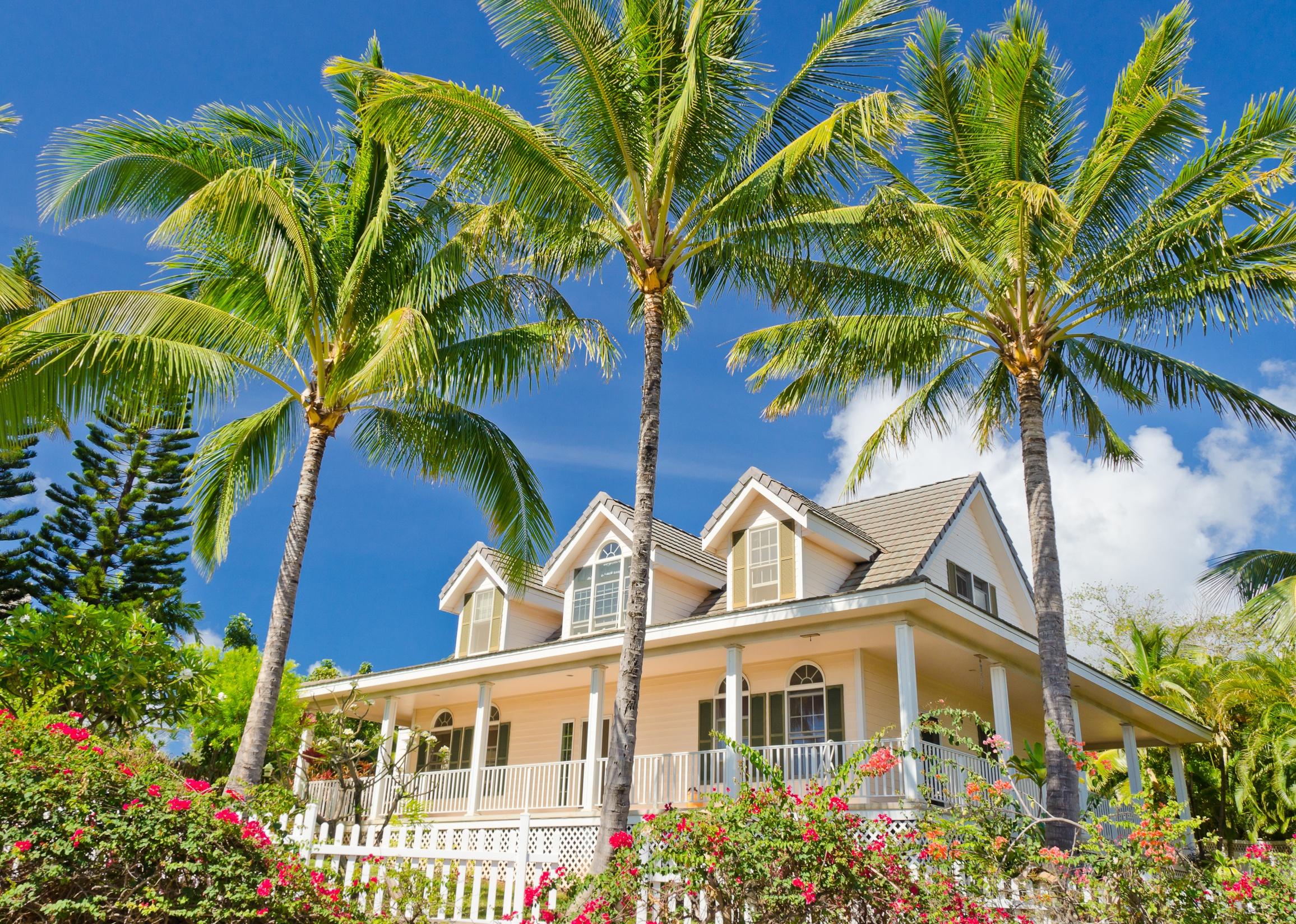
#1. Hawaii
- Rate of multigenerational households: 8.2%
- Total multigenerational households: 40.2K



